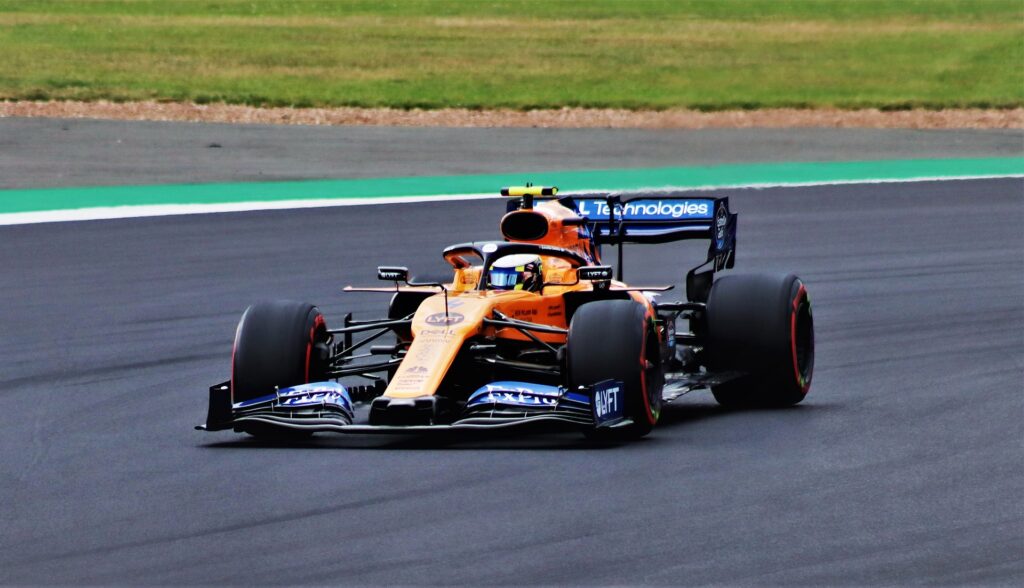We all know that CVT is not allowed in Formula One racing. But why is that? Is it because it’s not fast enough? Is it because it’s not reliable?
Well, the answer is actually a bit of both. CVT is not fast enough for Formula One racing, and it’s also not very reliable. That’s why CVT is banned from Formula One racing.
Cvt is banned from formula one racing
CVT is not allowed in any F1 racing because it does not provide the same level of performance as other transmission types. CVT transmissions are typically less efficient than other types of transmissions, and they can also add significant weight to a vehicle. In addition, CVT transmissions often cannot handle the high speeds and power required for Formula One racing.
CVT is not as durable as other transmission types
CVTs (continuously variable transmissions) are not allowed in any Formula One racing. The main reason for this is that CVTs are not as durable as other transmission types and can break down under the high stresses of racing. Other reasons include the fact that CVTs can be difficult to control and can be less efficient than other transmission types.
CVT is not as efficient as other transmission types
CVT is not as efficient as other transmission types and can waste power, leading to slower lap times. Additionally, CVT can be unpredictable and difficult to control, which can be dangerous in a high-speed racing environment. For these reasons, CVT is not allowed in any form of professional formula one racing.
CVT can be difficult to control
CVT can be difficult to control, leading to drivers making mistakes and crashing. CVT also makes it difficult for drivers to control their speed when exiting corners, which can lead to them going off the track. Additionally, CVT can put extra stress on engine components, leading to premature wear. For these reasons, CVT is not allowed in any Formula One racing.
CVT can be less reliable than other transmission types
CVT can be less reliable than other transmission types, leading to unscheduled pit stops and retirements. CVT systems are also generally less efficient than other types of transmissions, resulting in increased fuel consumption. For these reasons, CVT is not allowed in any Formula One racing.
CVT can add weight to a car
CVT can add weight to a car, affecting performance. CVT transmissions are typically less durable than traditional transmissions, which can be a drawback in the high-stress environment of racing. Additionally, CVT transmissions often don’t handle high engine speeds as well as traditional transmissions, which can limit the top speed of a car.

CVT can be louder than other transmission types
In f1 racing, the car needs to be as light as possible so that it can accelerate quickly. The cvt transmission is not as light as other transmission types, so it is not allowed in F1 racing. CVT can also be louder than other transmission types, affecting driver concentration.
CVT can be less responsive than other transmission types
CVT can be less responsive than other transmission types, leading to slower reaction times. This can be a problem in racing, where every millisecond counts. CVT also tends to generate more heat than other transmissions, which could lead to reliability issues over the course of a long race. For these reasons, CVT is not allowed in any Formula One racing.

